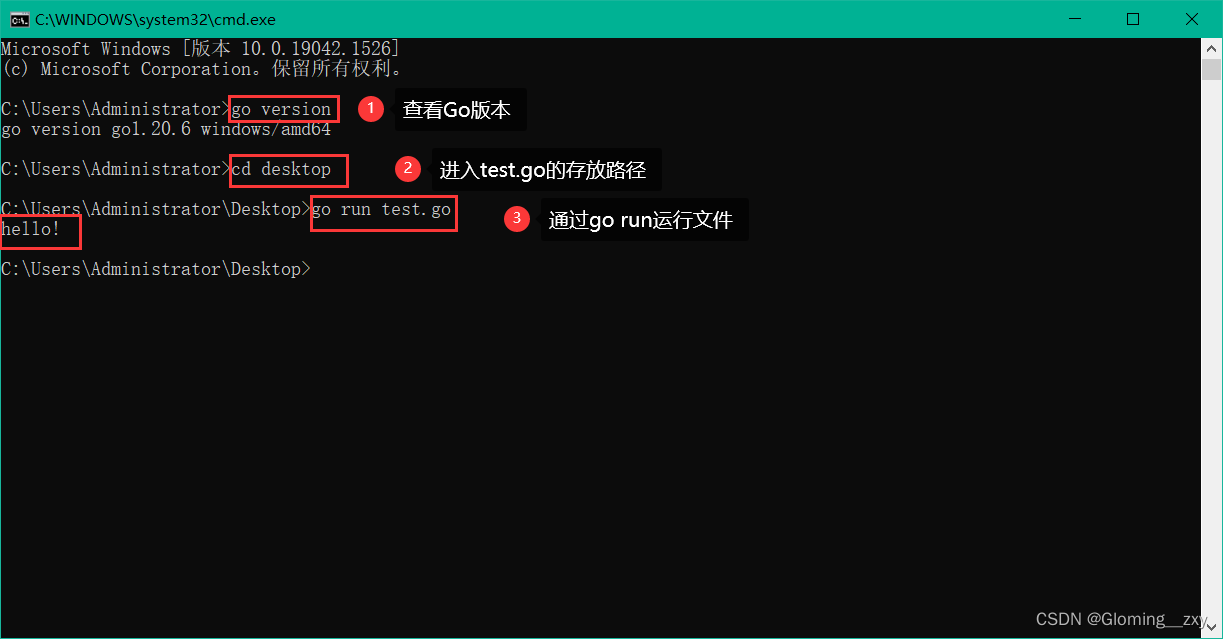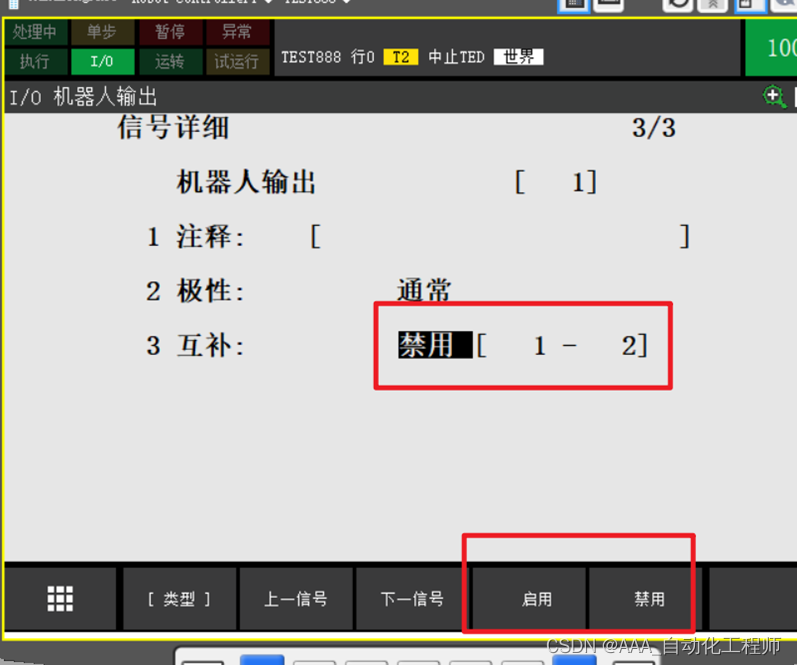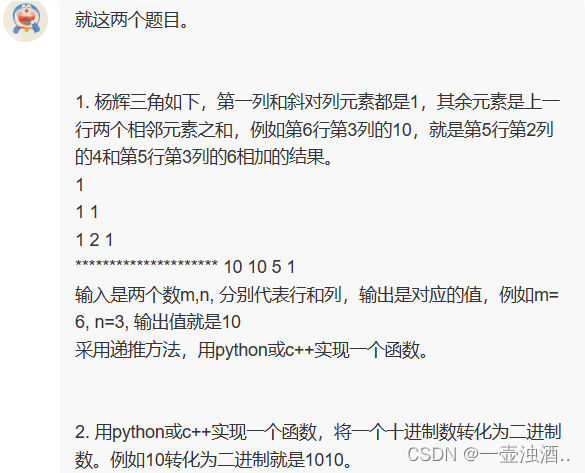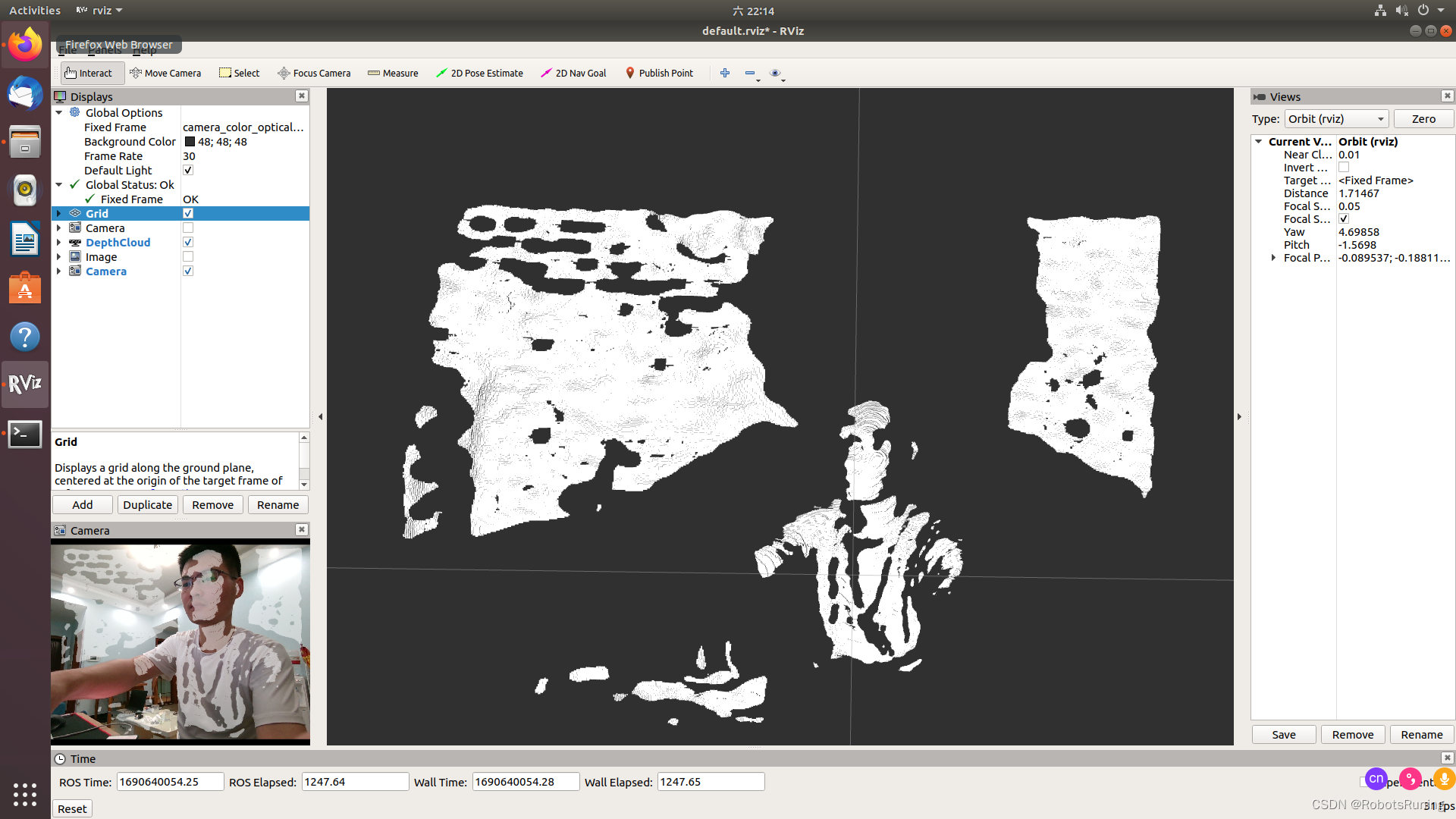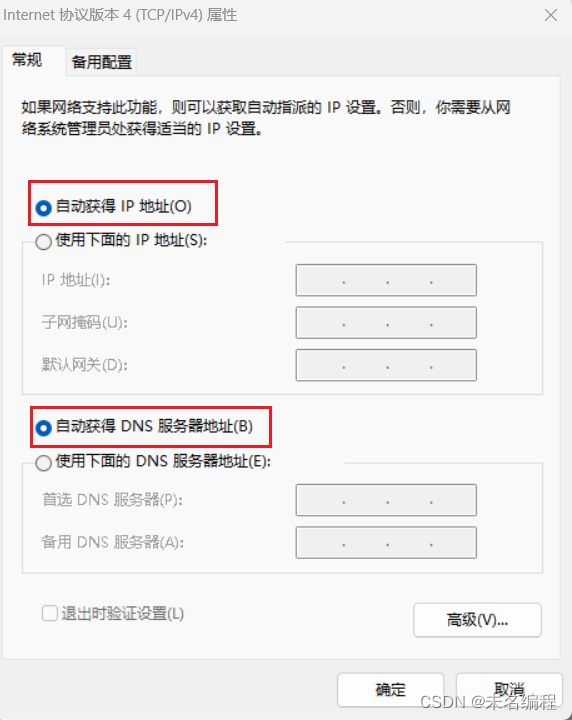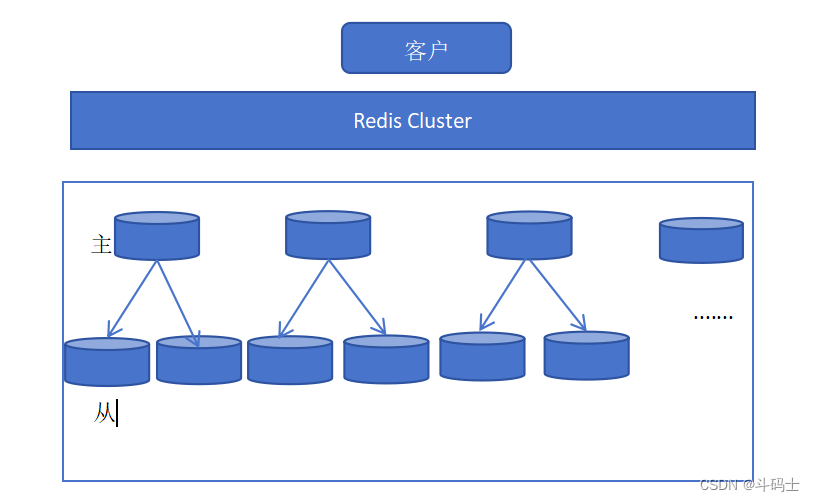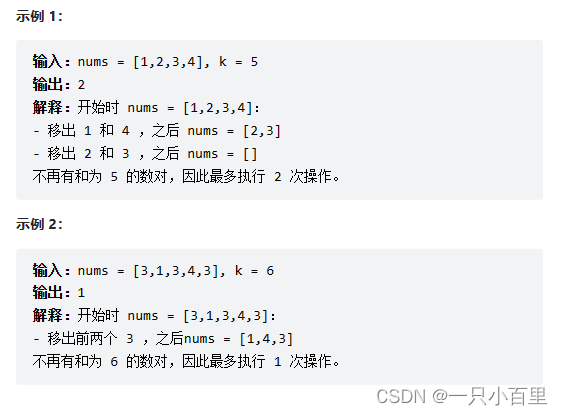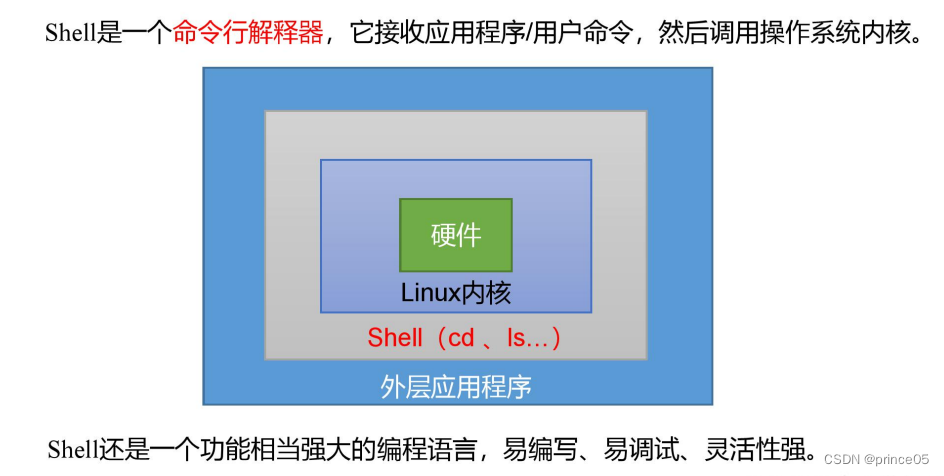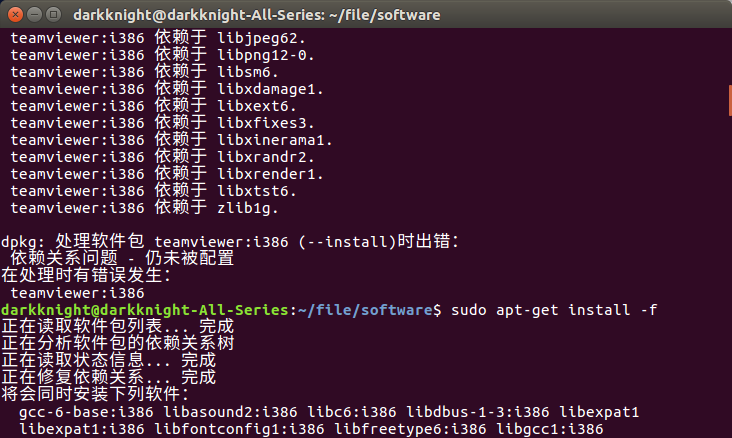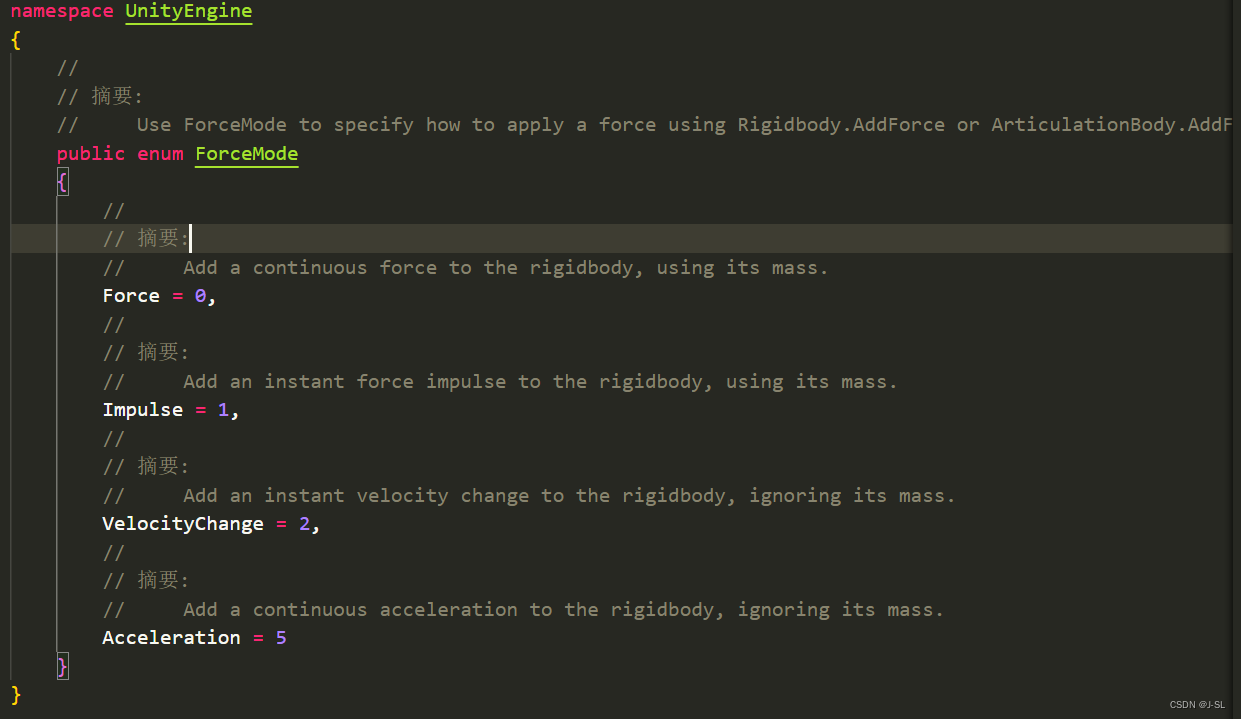
入门基础(二)
NumPy是Python中一个重要的数学运算库,它提供了了一组多维数组对象和一组用于操作这些数组的函数。以下是一些NumPy的主要特点:
- 多维数组对象:NumPy的核心是ndarray对象,它是一个多维数组对象,可以容纳任意数据类型。
- 矢量化操作:使用NumPy的函数,可以对整个数组进行操作,而不需要显式循环。
- 广播:NumPy的广播机制允许对不同形状的数组执行算术操作,而无需进行显式循环或手动对齐。
- 易于扩展:NumPy可以用C或C++扩展,以加速大型数值计算任务。
- 强大的函数库:NumPy提供了许多用于线性代数、傅里叶分析、随机数生成等领域的函数。
- 易于使用:NumPy与Python的内置数据结构无缝集成,因此可以轻松地将Python代码转换为使用NumPy。
数组操作
组索引和切片
索引从0开始,索引值不能超过长度,否则会报IndexError错误。
一维数组的索引和切片
>>> import numpy as np
>>> a = np.array([1,2,3,4,5])
>>> a[2]
3
>>> a[1:4:2]
array([2, 4])
>>> a[1:3]
array([2, 3])
>>> a[0::2]
array([1, 3, 5])
>>> a[5]
Traceback (most recent call last):
File "<pyshell#15>", line 1, in <module>
a[5]
IndexError: index 5 is out of bounds for axis 0 with size 5
多维数组的索引
>>> import numpy as np
>>> a = np.arange(24).reshape((2,3,4))
>>> a
array([[[ 0, 1, 2, 3],
[ 4, 5, 6, 7],
[ 8, 9, 10, 11]],
[[12, 13, 14, 15],
[16, 17, 18, 19],
[20, 21, 22, 23]]])
>>> a[1,2,3]
23
>>> a[-1,-2,-3]
17
>>> a[0,2,2]
10
>>> a[0,3,3]
Traceback (most recent call last):
File "<pyshell#12>", line 1, in <module>
a[0,3,3]
IndexError: index 3 is out of bounds for axis 1 with size 3
多维数组切片
>>> import numpy as np
>>> a = np.arange(24).reshape((2,3,4)) + 1
>>> a
array([[[ 1, 2, 3, 4],
[ 5, 6, 7, 8],
[ 9, 10, 11, 12]],
[[13, 14, 15, 16],
[17, 18, 19, 20],
[21, 22, 23, 24]]])
>>> a[:1,2]
array([[ 9, 10, 11, 12]])
>>> a[:,1:3,:]
array([[[ 5, 6, 7, 8],
[ 9, 10, 11, 12]],
[[17, 18, 19, 20],
[21, 22, 23, 24]]])
>>> a[:,:,::2]
array([[[ 1, 3],
[ 5, 7],
[ 9, 11]],
[[13, 15],
[17, 19],
[21, 23]]])
>>> a[:,:,1::2]
array([[[ 2, 4],
[ 6, 8],
[10, 12]],
[[14, 16],
[18, 20],
[22, 24]]])
>>> a[1:3,:,:]
array([[[13, 14, 15, 16],
[17, 18, 19, 20],
[21, 22, 23, 24]]])
>>> a[1:3,1:3,:]
array([[[17, 18, 19, 20],
[21, 22, 23, 24]]])
>>> a[1:3,1:3,1:3]
array([[[18, 19],
[22, 23]]])
通过布尔数组访问数组元素
>>> import numpy as np
>>> a = np.array([1, 2, 3, 4, 5])
>>> b = np.array([True, False, True, False, True])
>>> a[b]
array([1, 3, 5])
>>> b = np.array([False, True, False, True, False])
>>> a[b]
array([2, 4])
>>> b = a<=3
>>> a[b]
array([1, 2, 3])
>>> b = a%2==0
>>> a[b]
array([2, 4])
>>> b = a%2==1
>>> a[b]
array([1, 3, 5])
数组的整体操作
数组的拼接
在 NumPy 中,可以使用多种方法来拼接数组。以下是一些常用的方法:
numpy.concatenate()
这个函数用于连接两个数组,沿指定的轴在末尾添加第二个数组的元素。
>>> a = np.array([[1, 2], [3, 4]])
>>> b = np.array([[5, 6]])
>>> np.concatenate((a, b), axis=0)
array([[1, 2],
[3, 4],
[5, 6]])
>>> np.concatenate((a, b.T), axis=1)
array([[1, 2, 5],
[3, 4, 6]])
>>> np.concatenate((a, b), axis=None)
array([1, 2, 3, 4, 5, 6])numpy.vstack()
这个函数用于垂直方向拼接数组,即行方向添加第二个数组的元素。
>>> a = np.array([1, 2, 3])
>>> b = np.array([4, 5, 6])
>>> np.vstack((a,b))
array([[1, 2, 3],
[4, 5, 6]])
>>> a = np.array([[1], [2], [3]])
>>> b = np.array([[4], [5], [6]])
>>> np.vstack((a,b))
array([[1],
[2],
[3],
[4],
[5],
[6]])numpy.hstack()
这个函数用于水平方向拼接数组,即列方向添加第二个数组的元素。
>>> a = np.array((1,2,3))
>>> b = np.array((4,5,6))
>>> np.hstack((a,b))
array([1, 2, 3, 4, 5, 6])
>>> a = np.array([[1],[2],[3]])
>>> b = np.array([[4],[5],[6]])
>>> np.hstack((a,b))
array([[1, 4],
[2, 5],
[3, 6]])numpy.row_stack()
这个函数是vstack的alias,别名就是同一个函数。
>>> import numpy as np
>>> a = np.array([[1, 2], [3, 4]])
>>> b = np.array([[5, 6]])
>>> np.row_stack((a, b))
array([[1, 2],
[3, 4],
[5, 6]])
在使用这些函数时,需要确保拼接的数组具有相同的维度,或者在使用 numpy.column_stack() 时具有相同的列数。如果维度不同,可以使用 numpy.reshape() 函数对数组进行重塑。
数组的翻转
在 NumPy 中,也有多种方法可以翻转数组。以下是一些常用的方法:
numpy.flip()
这个函数用于沿指定的轴翻转数组。
Examples
--------
>>> A = np.arange(8).reshape((2,2,2))
>>> A
array([[[0, 1],
[2, 3]],
[[4, 5],
[6, 7]]])
>>> np.flip(A, 0)
array([[[4, 5],
[6, 7]],
[[0, 1],
[2, 3]]])
>>> np.flip(A, 1)
array([[[2, 3],
[0, 1]],
[[6, 7],
[4, 5]]])
>>> np.flip(A)
array([[[7, 6],
[5, 4]],
[[3, 2],
[1, 0]]])
>>> np.flip(A, (0, 2))
array([[[5, 4],
[7, 6]],
[[1, 0],
[3, 2]]])
>>> A = np.random.randn(3,4,5)
>>> np.all(np.flip(A,2) == A[:,:,::-1,...])
True
numpy.flipud()
这个函数用于垂直方向翻转数组,即行方向翻转。
Examples
--------
>>> A = np.diag([1.0, 2, 3])
>>> A
array([[1., 0., 0.],
[0., 2., 0.],
[0., 0., 3.]])
>>> np.flipud(A)
array([[0., 0., 3.],
[0., 2., 0.],
[1., 0., 0.]])
>>> A = np.random.randn(2,3,5)
>>> np.all(np.flipud(A) == A[::-1,...])
True
>>> np.flipud([1,2])
array([2, 1])
numpy.fliplr()
这个函数用于水平方向翻转数组,即列方向翻转。
Examples
--------
>>> A = np.diag([1.,2.,3.])
>>> A
array([[1., 0., 0.],
[0., 2., 0.],
[0., 0., 3.]])
>>> np.fliplr(A)
array([[0., 0., 1.],
[0., 2., 0.],
[3., 0., 0.]])
>>> A = np.random.randn(2,3,5)
>>> np.all(np.fliplr(A) == A[:,::-1,...])
True
在使用这些函数时,需要确保数组的维度适合进行翻转。
数组的复制
Examples
--------
Create an array x, with a reference y and a copy z:
>>> x = np.array([1, 2, 3])
>>> y = x
>>> z = np.copy(x)
Note that, when we modify x, y changes, but not z:
>>> x[0] = 10
>>> x[0] == y[0]
True
>>> x[0] == z[0]
False
Note that, np.copy clears previously set WRITEABLE=False flag.
>>> a = np.array([1, 2, 3])
>>> a.flags["WRITEABLE"] = False
>>> b = np.copy(a)
>>> b.flags["WRITEABLE"]
True
>>> b[0] = 3
>>> b
array([3, 2, 3])
Note that np.copy is a shallow copy and will not copy object
elements within arrays. This is mainly important for arrays
containing Python objects. The new array will contain the
same object which may lead to surprises if that object can
be modified (is mutable):
>>> a = np.array([1, 'm', [2, 3, 4]], dtype=object)
>>> b = np.copy(a)
>>> b[2][0] = 10
>>> a
array([1, 'm', list([10, 3, 4])], dtype=object)
To ensure all elements within an ``object`` array are copied,
use `copy.deepcopy`:
>>> import copy
>>> a = np.array([1, 'm', [2, 3, 4]], dtype=object)
>>> c = copy.deepcopy(a)
>>> c[2][0] = 10
>>> c
array([1, 'm', list([10, 3, 4])], dtype=object)
>>> a
array([1, 'm', list([2, 3, 4])], dtype=object)
数组的排序
Examples
--------
>>> a = np.array([[1,4],[3,1]])
>>> np.sort(a) # sort along the last axis
array([[1, 4],
[1, 3]])
>>> np.sort(a, axis=None) # sort the flattened array
array([1, 1, 3, 4])
>>> np.sort(a, axis=0) # sort along the first axis
array([[1, 1],
[3, 4]])
Use the `order` keyword to specify a field to use when sorting a
structured array:
>>> dtype = [('name', 'S10'), ('height', float), ('age', int)]
>>> values = [('Arthur', 1.8, 41), ('Lancelot', 1.9, 38),
... ('Galahad', 1.7, 38)]
>>> a = np.array(values, dtype=dtype) # create a structured array
>>> np.sort(a, order='height') # doctest: +SKIP
array([('Galahad', 1.7, 38), ('Arthur', 1.8, 41),
('Lancelot', 1.8999999999999999, 38)],
dtype=[('name', '|S10'), ('height', '<f8'), ('age', '<i4')])
Sort by age, then height if ages are equal:
>>> np.sort(a, order=['age', 'height']) # doctest: +SKIP
array([('Galahad', 1.7, 38), ('Lancelot', 1.8999999999999999, 38),
('Arthur', 1.8, 41)],
dtype=[('name', '|S10'), ('height', '<f8'), ('age', '<i4')])
数组的数学操作
加法
>>> added_arr = arr1 + arr2
减法
>>> subtracted_arr = arr1 - arr2
乘法
>>> multiplied_arr = arr1 * arr2
除法
>>> divided_arr = arr1 / arr2
幂运算
>>> power_arr = np.power(arr1, arr2)
数组的统计操作
均值
mean = np.mean(arr)
Examples
--------
>>> a = np.array([[1, 2], [3, 4]])
>>> np.mean(a)
2.5
>>> np.mean(a, axis=0)
array([2., 3.])
>>> np.mean(a, axis=1)
array([1.5, 3.5])
In single precision, `mean` can be inaccurate:
>>> a = np.zeros((2, 512*512), dtype=np.float32)
>>> a[0, :] = 1.0
>>> a[1, :] = 0.1
>>> np.mean(a)
0.54999924
Computing the mean in float64 is more accurate:
>>> np.mean(a, dtype=np.float64)
0.55000000074505806 # may vary
Specifying a where argument:
>>> a = np.array([[5, 9, 13], [14, 10, 12], [11, 15, 19]])
>>> np.mean(a)
12.0
>>> np.mean(a, where=[[True], [False], [False]])
9.0
方差
var = np.var(arr)
Examples
--------
>>> a = np.array([[1, 2], [3, 4]])
>>> np.var(a)
1.25
>>> np.var(a, axis=0)
array([1., 1.])
>>> np.var(a, axis=1)
array([0.25, 0.25])
In single precision, var() can be inaccurate:
>>> a = np.zeros((2, 512*512), dtype=np.float32)
>>> a[0, :] = 1.0
>>> a[1, :] = 0.1
>>> np.var(a)
0.20250003
Computing the variance in float64 is more accurate:
>>> np.var(a, dtype=np.float64)
0.20249999932944759 # may vary
>>> ((1-0.55)**2 + (0.1-0.55)**2)/2
0.2025
Specifying a where argument:
>>> a = np.array([[14, 8, 11, 10], [7, 9, 10, 11], [10, 15, 5, 10]])
>>> np.var(a)
6.833333333333333 # may vary
>>> np.var(a, where=[[True], [True], [False]])
4.0
标准差
std = np.std(arr)
Examples
--------
>>> a = np.array([[1, 2], [3, 4]])
>>> np.std(a)
1.1180339887498949 # may vary
>>> np.std(a, axis=0)
array([1., 1.])
>>> np.std(a, axis=1)
array([0.5, 0.5])
In single precision, std() can be inaccurate:
>>> a = np.zeros((2, 512*512), dtype=np.float32)
>>> a[0, :] = 1.0
>>> a[1, :] = 0.1
>>> np.std(a)
0.45000005
Computing the standard deviation in float64 is more accurate:
>>> np.std(a, dtype=np.float64)
0.44999999925494177 # may vary
Specifying a where argument:
>>> a = np.array([[14, 8, 11, 10], [7, 9, 10, 11], [10, 15, 5, 10]])
>>> np.std(a)
2.614064523559687 # may vary
>>> np.std(a, where=[[True], [True], [False]])
2.0
最大值、最小值
max_value = np.max(arr)
Examples
--------
>>> a = np.arange(4).reshape((2,2))
>>> a
array([[0, 1],
[2, 3]])
>>> np.amax(a) # Maximum of the flattened array
3
>>> np.amax(a, axis=0) # Maxima along the first axis
array([2, 3])
>>> np.amax(a, axis=1) # Maxima along the second axis
array([1, 3])
>>> np.amax(a, where=[False, True], initial=-1, axis=0)
array([-1, 3])
>>> b = np.arange(5, dtype=float)
>>> b[2] = np.NaN
>>> np.amax(b)
nan
>>> np.amax(b, where=~np.isnan(b), initial=-1)
4.0
>>> np.nanmax(b)
4.0
You can use an initial value to compute the maximum of an empty slice, or
to initialize it to a different value:
>>> np.amax([[-50], [10]], axis=-1, initial=0)
array([ 0, 10])
Notice that the initial value is used as one of the elements for which the
maximum is determined, unlike for the default argument Python's max
function, which is only used for empty iterables.
>>> np.amax([5], initial=6)
6
>>> max([5], default=6)
5
min_value = np.min(arr)
Examples
--------
>>> a = np.arange(4).reshape((2,2))
>>> a
array([[0, 1],
[2, 3]])
>>> np.amin(a) # Minimum of the flattened array
0
>>> np.amin(a, axis=0) # Minima along the first axis
array([0, 1])
>>> np.amin(a, axis=1) # Minima along the second axis
array([0, 2])
>>> np.amin(a, where=[False, True], initial=10, axis=0)
array([10, 1])
>>> b = np.arange(5, dtype=float)
>>> b[2] = np.NaN
>>> np.amin(b)
nan
>>> np.amin(b, where=~np.isnan(b), initial=10)
0.0
>>> np.nanmin(b)
0.0
>>> np.amin([[-50], [10]], axis=-1, initial=0)
array([-50, 0])
Notice that the initial value is used as one of the elements for which the
minimum is determined, unlike for the default argument Python's max
function, which is only used for empty iterables.
Notice that this isn't the same as Python's ``default`` argument.
>>> np.amin([6], initial=5)
5
>>> min([6], default=5)
6

